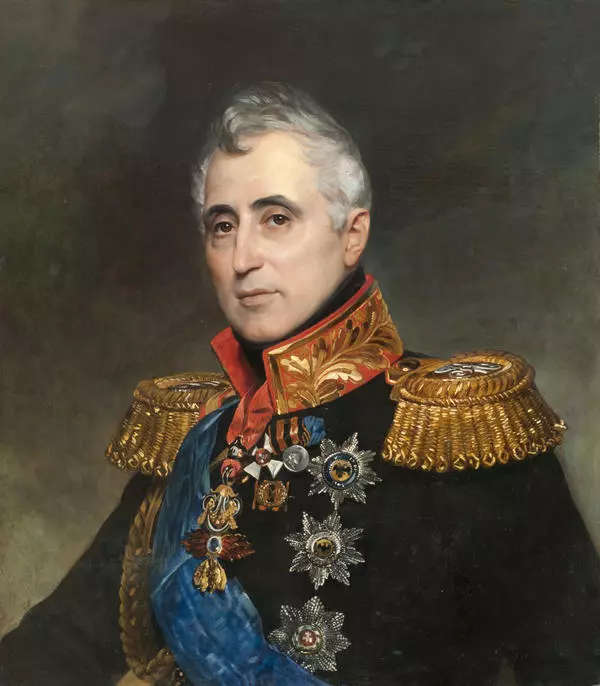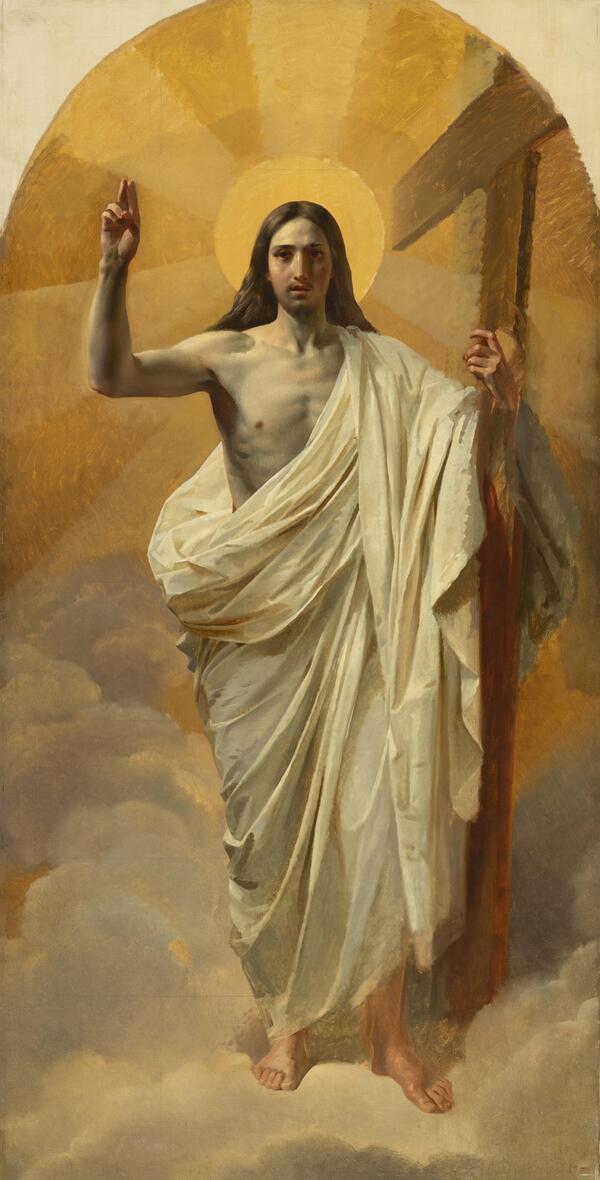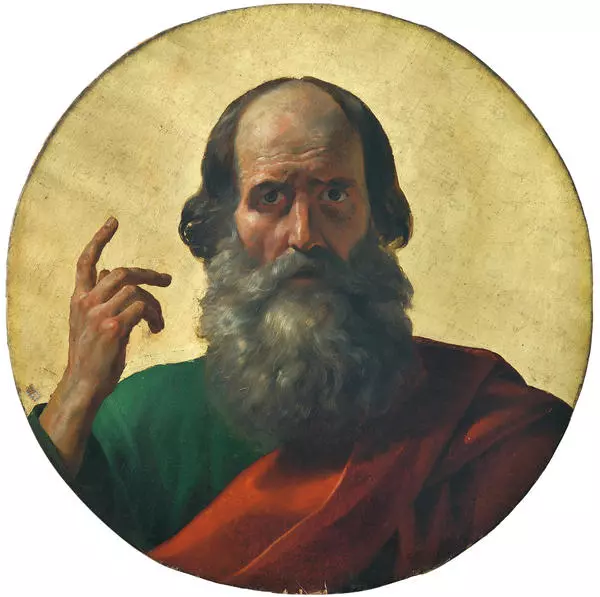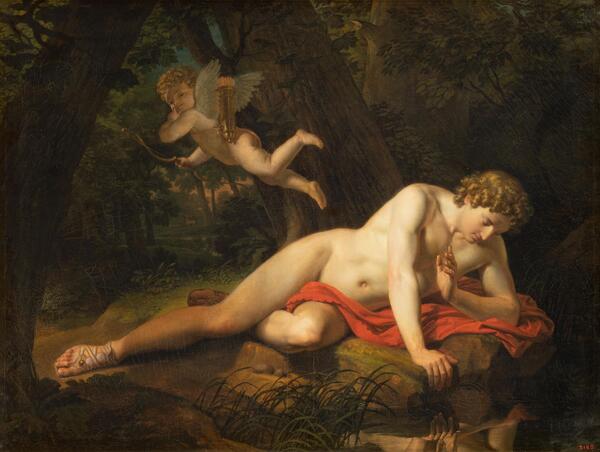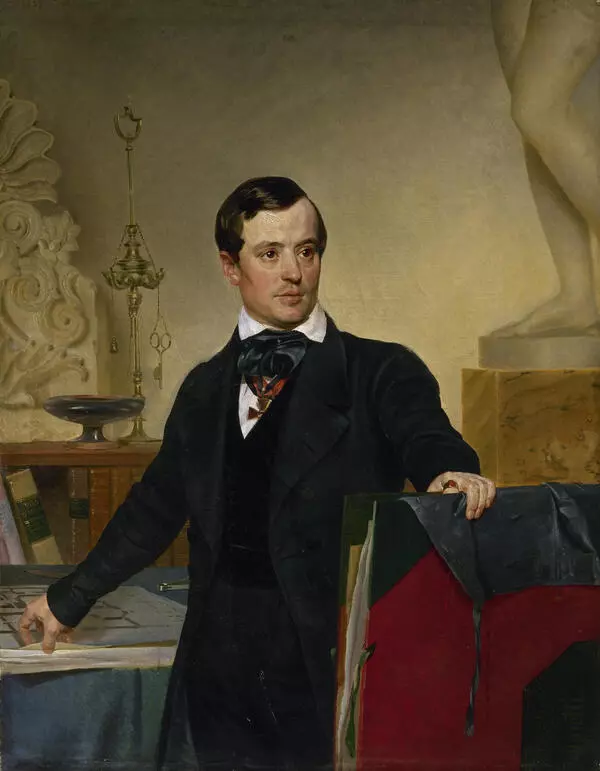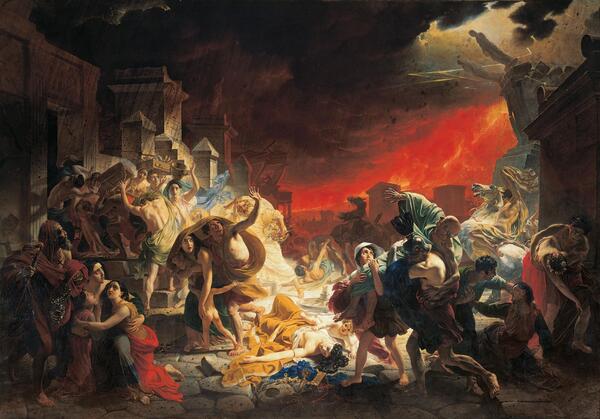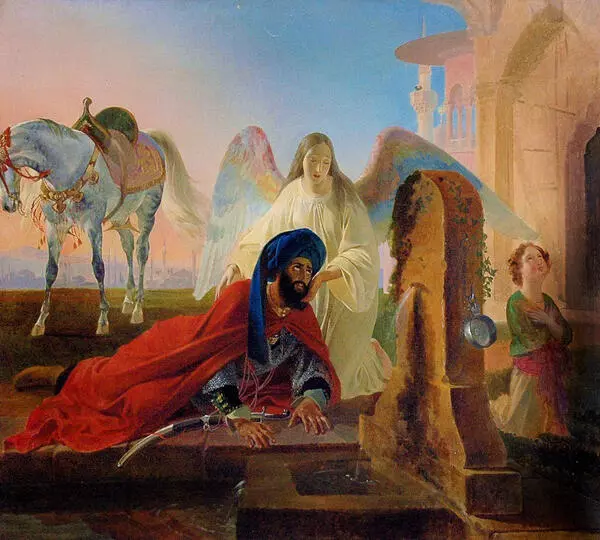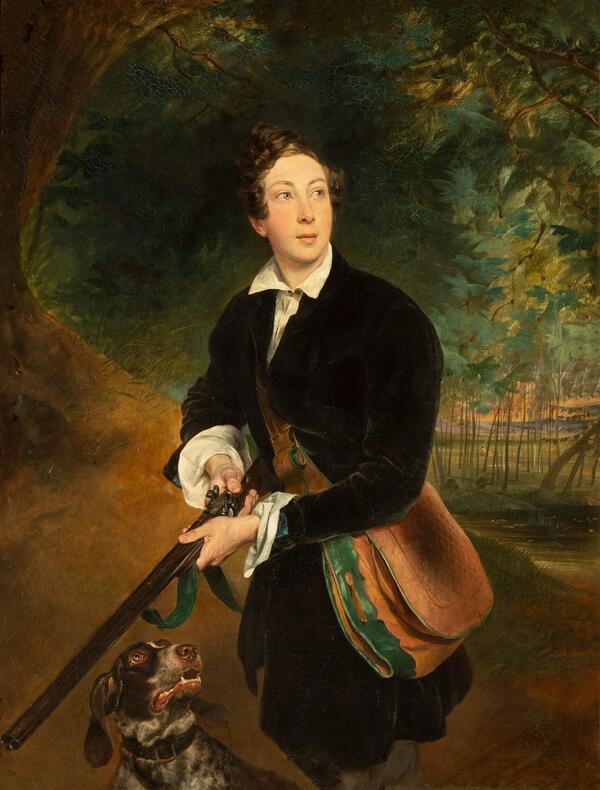For the first time, this miniature portrait of Alexander Pushkin was displayed at the Moscow Pushkin Exhibition of 1880, dedicated to the unveiling of a monument to the poet. The portrait was published in the exhibition album and attributed to Karl Bryullov, with the date of creation listed as 1836. 19 years later, at the Moscow Pushkin Exhibition of 1899, the attribution was questioned: a question mark appeared next to the artist’s name in the album. In an article published in 1914, the Pushkin scholar Nikola Osipovich Lerner referred to the miniature as a “gross forgery” imitating Bryullov and a “fake Brullov”. Since then, this image has been known as the “fake Bryullov” portrait.
Portrait of Alexander Sergeyevich Pushkin
They wish to make a bust
of me. But I do not. Here, my Negro ugliness would be committed to immortality
in all its dead immobility.
It is possible that Vitali was seeking guidance from Bryullov on how to portray Pushkin in a bust. Bryullov, in turn, offered his artistic interpretation.
Less than a year after Pushkin’s death, Pavel Voinovoch Nashchokin commissioned Vitali to create a bust of the poet. While working on it, Vitali relied on both his own memories of the poet and on a mask created by Samuil Ivanovich Galberg. Nashchokin had one of the casts of this mask. It is believed that Vitali may have also used the miniature portrait of Pushkin, painted by Bryullov from memory. There are some similarities between Vitali’s bust and the miniature, such as the outline of the head, the placement of strands and curls, the proportions of the face, the cut of the eyes and the shape of the lips. Another feature that supports the attribution to Bryullov is the technique used. The portrait is not painted as a miniature, but rather as an easel work.
After the poet’s death, the miniature portrait of
Alexander Pushkin acquired the significance of a cherished relic. Given that
Vitali and Nashchokin (one of them likely kept the portrait) resided in Moscow,
while Bryullov lived in St. Petersburg, it is likely that, in memory of his
work, the artist’s signature was added for him in red ink on top of the
original — “K. Bryullov.“









